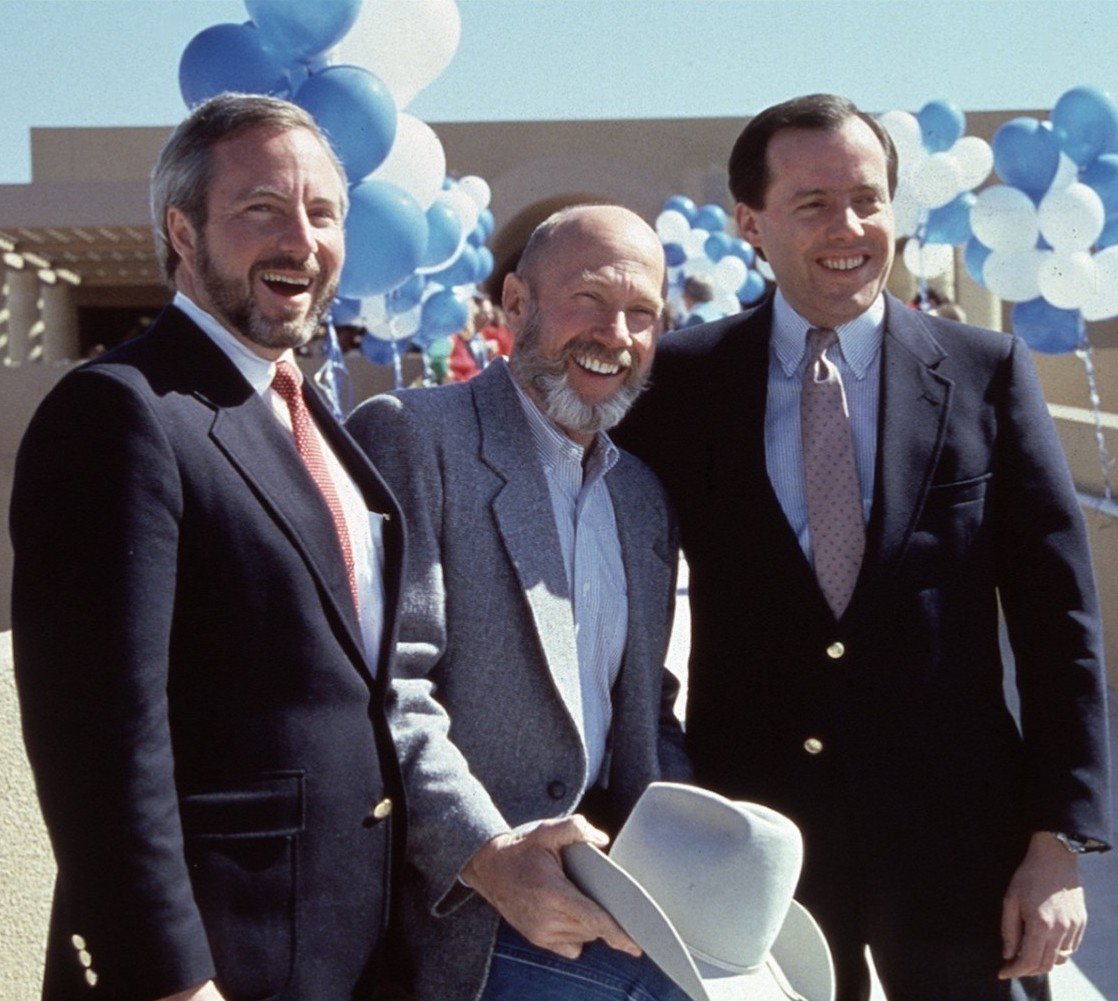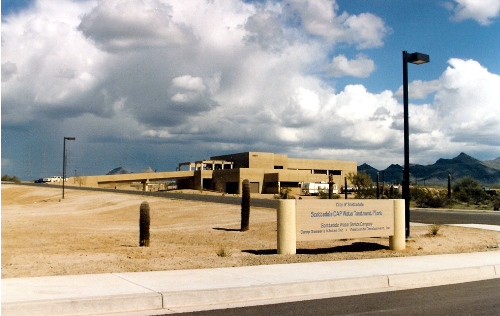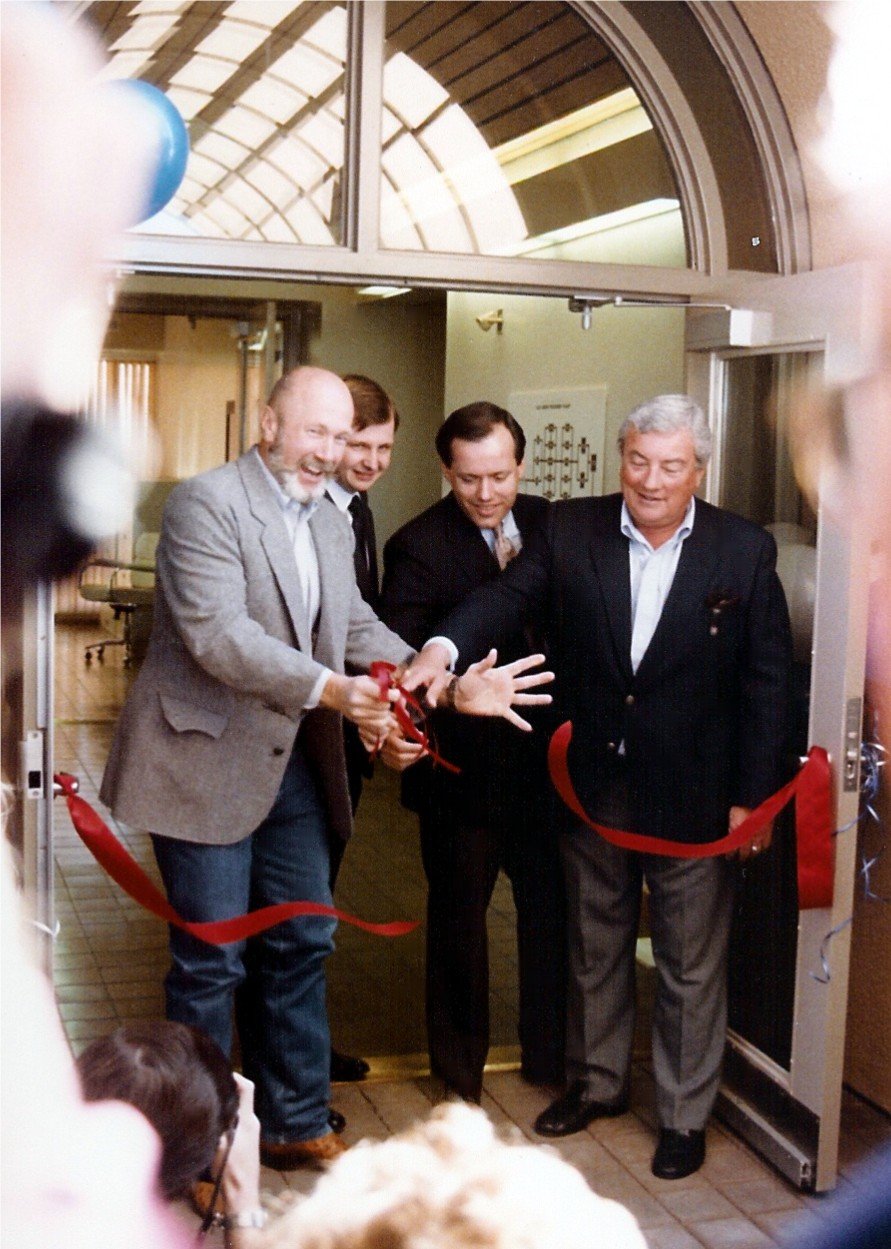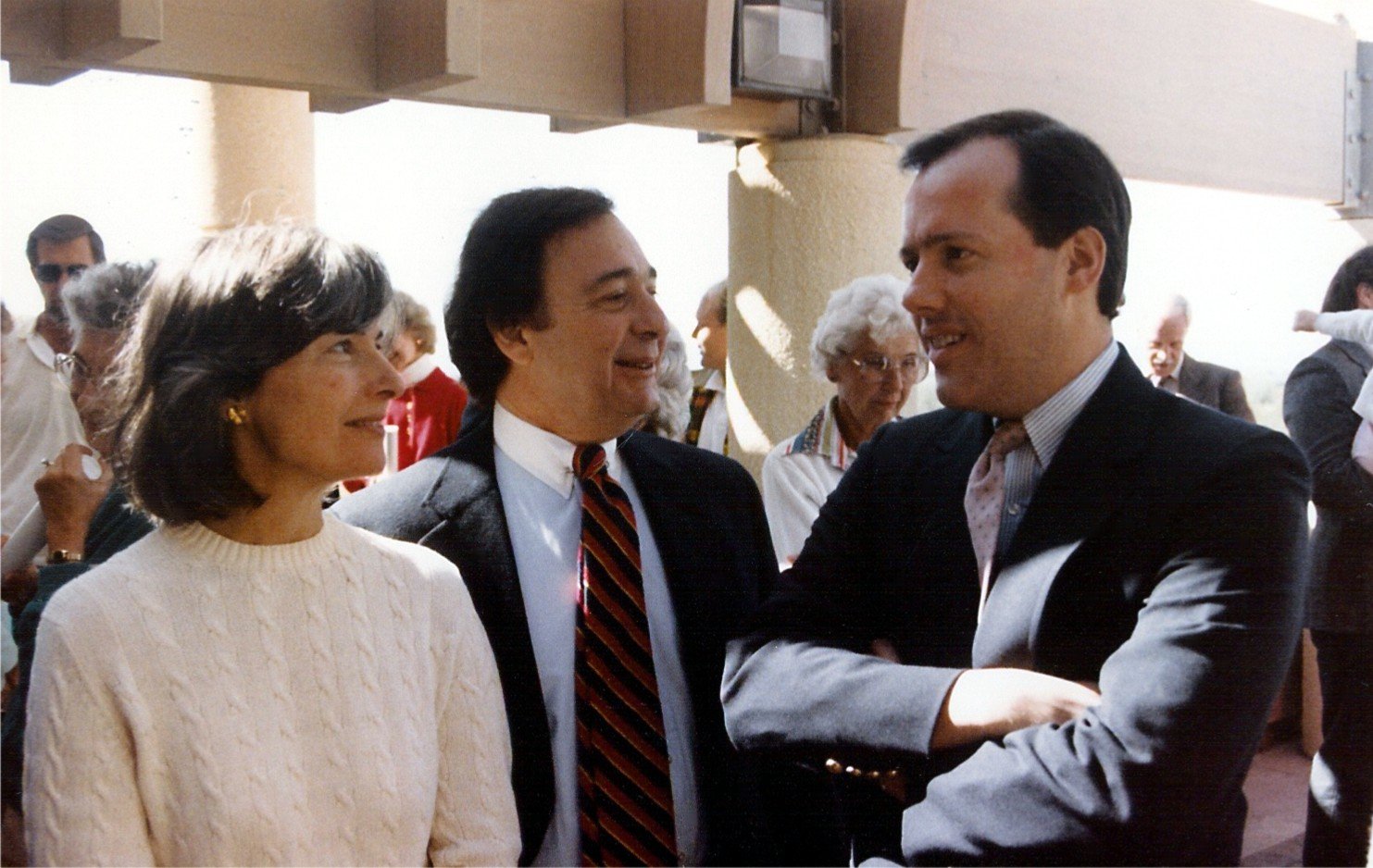Wagging the Dog
The following is the Preface from my recently published book, Too Good to Be True: Scottsdale and Privatization in the 1980s, including an excerpt from the audio version of the book.
“We are in danger of reversing the meaning of industrial capitalism, which was created to produce jobs, profits, goods, and services. The financial world has its place, but if we allow it to manipulate, dominate, and control legitimate business interests, the tail will be wagging the dog.” — Rand Araskog, The ITT Wars, 1989
I have two tombstones from the Scottsdale project.
When I say “tombstones,” I’m describing the 5-to-6-inch-tall mementos that preserve a simple SEC-required public announcement (mandated in the Securities Act of 1933), printed on white paper, and neatly floating, motionless in a transparent block of lucite — often against a field of black lucite on the backside of the block. They typically arrive with four small felt circles to apply at the corners of the base; and when unpacked, they stand proudly as a tangible remembrance of some important transaction. By the time I left Camp Dresser & McKee Inc. (CDM) in 2013 — then renamed CDM Smith Inc. — I had about a dozen such tombstones to display in my office, but only these two (for the Scottsdale project) evoke nostalgia. All the others are appropriately named after the memorials erected in a cemetery.
Behind the glass doors of my bookcase, there are also two black leather-bound documents, one about 3-1/2 inches thick with gold embossed lettering (the bond documents) and one about 1-1/2 inches thick with silver embossed lettering (the limited partnership documents).
Together, these relics are what I have left from two complicated financial transactions completed over thirty years ago. One was the sale of industrial development bonds, and the other was the sale of equity interests in the Scottsdale Water Service Company Limited Partnership, the recipient of the bond sale proceeds.
They reflect the primary reasons the City of Scottsdale chose to undertake the unconventional “privatization” of its new water treatment plant. For the many parties engaged in the permitting, design, construction, and operation of the infrastructure and facilities the City needed, these financial transactions required creativity, collaboration, and compromise rarely demanded of independent contractors providing services on conventionally financed projects.
They imposed immovable deadlines on the participants: specific dates when the project needed to be approved, when construction needed to be completed, and even a date before which completion couldn’t occur. These two complex financings were the mile markers, the bookends, starting and finish lines, and daily reminders of how much needed to be accomplished and how rapidly conflicts had to be resolved.
When looking back at this project, it is the completion of those two deals that stand out as the only successful accomplishments of CDM Development Corporation, a short-lived subsidiary of CDM that I led — all else failed. This is a story of the tail that wagged the dog.





